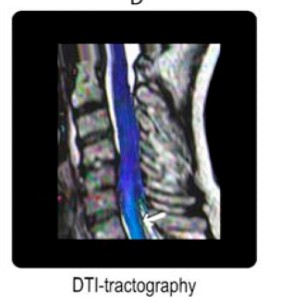 Smart Citations
Smart CitationsSee how this article has been cited at scite.ai
scite shows how a scientific paper has been cited by providing the context of the citation, a classification describing whether it supports, mentions, or contrasts the cited claim, and a label indicating in which section the citation was made.
Spinal Cord Injury without Radiographic Abnormality (SCIWORA): a case report and literature review
Spinal cord injury without radiographic abnormality (SCIWORA) is a rare post-traumatic myelopathy, more frequently seen in paediatric population and elderly. Clinical manifestation can range from transient isolated paraesthesia to quadriplegia. Due to its rarity in adults and the broad spectrum of neurological manifestations, SCIWORA actually represents a challenge for emergency physicians. Early diagnosis and timely intervention are crucial for the patient’s prognosis avoiding permanent neurological deficits. Magnetic resonance imaging (MRI) plays a pivotal role in the diagnosis, management and prognosis of SCIWORA, being the golden standard technique to identify spinal cord injuries. To highlight the importance of in-depth neurological examination and early diagnosis of SCIWORA, we describe the case of a 53-year-old woman who presented to our emergency department following a forward fall down the stairs with a minor head injury.
How to Cite

This work is licensed under a Creative Commons Attribution-NonCommercial 4.0 International License.
PAGEPress has chosen to apply the Creative Commons Attribution NonCommercial 4.0 International License (CC BY-NC 4.0) to all manuscripts to be published.

 https://doi.org/10.4081/ecj.2023.11233
https://doi.org/10.4081/ecj.2023.11233





